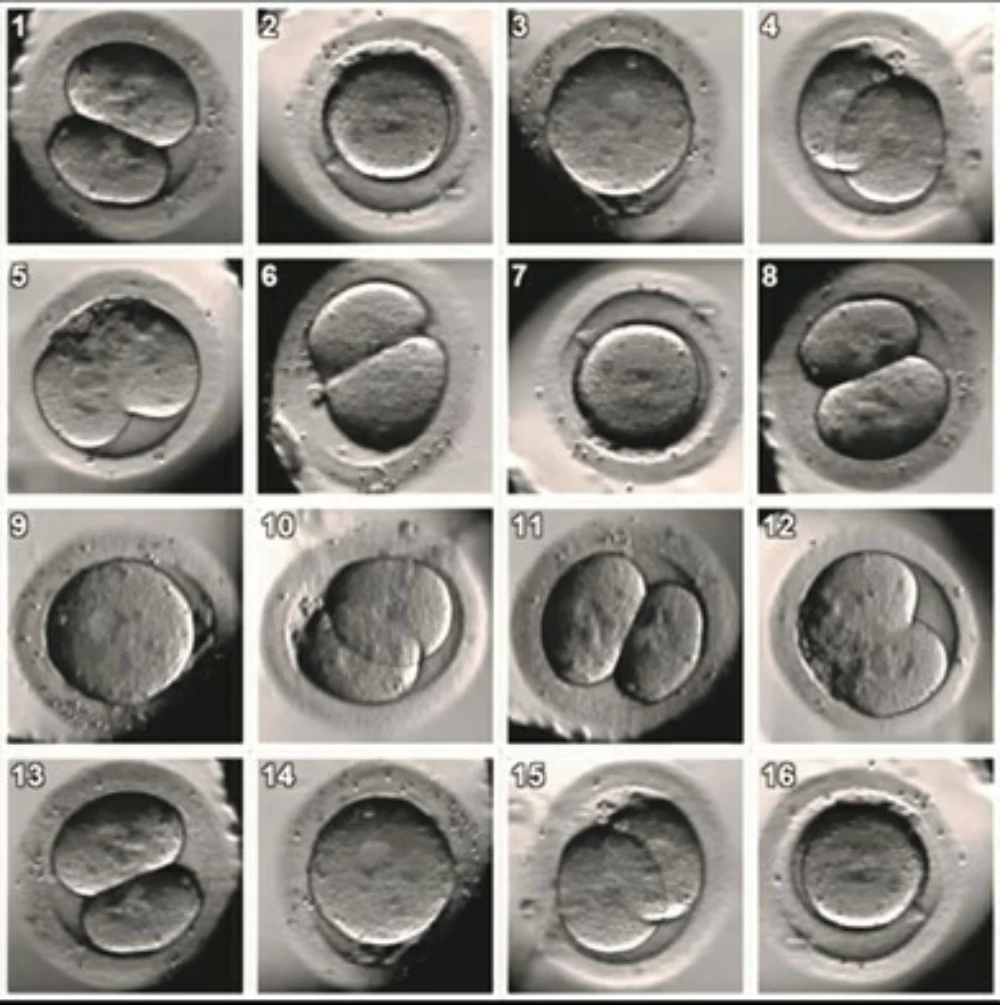Benefits of time-lapse imaging
Time-lapse imaging:
- Picks up unusual and detrimental events that escape a daily snap-shot inspection.
- Identifies 10-15% of embryos with very low potential.
- Several studies show that Time-Lapse Imaging increases the chance of pregnancy using the first embryo transferred by up to 10%.
- Embryos are not removed from their incubator, therefore they develop in an uninterrupted environment.
Who can benefit from Time-Lapse Imaging?
- People who expect to have several good quality embryos to choose from.
- People who have had low quality embryos previously and want more information about their embryo development.
Useful to know:
- Embryo selection with Time-Lapse Imaging does not increase the overall chance of a baby from all the embryos available, but it can reduce the time to pregnancy by giving a better choice of which embryo to use first.
Embryoscope imaging below!



